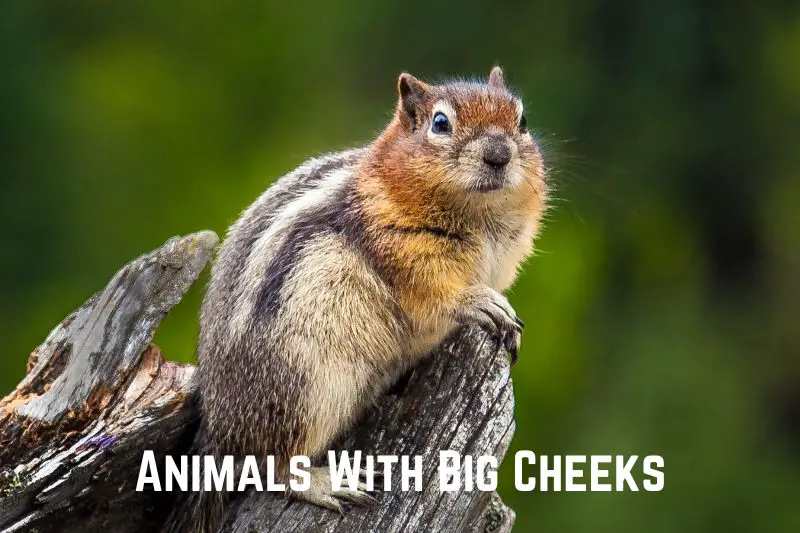Do you ever wonder about the unique features of animals? Some animals have long necks, some have sharp teeth, and some have big cheeks! Yes, you read that right. Some animals out there have cheeks that are larger than you would expect. These cheeks serve various purposes, from storing food to attracting mates.
In this article, we will introduce you to animals with big cheeks. You might be surprised to learn about some of these creatures, as they are not commonly known for their cheekiness.
From rodents to primates, we will explore the different ways in which these animals use their big cheeks. So, learn about some fascinating creatures and their unique features!
Read: 13+ Amazing Animals With Hands (+ Pics)
Contents
10 Fascinating Animals With Big Cheeks
1. Hamsters
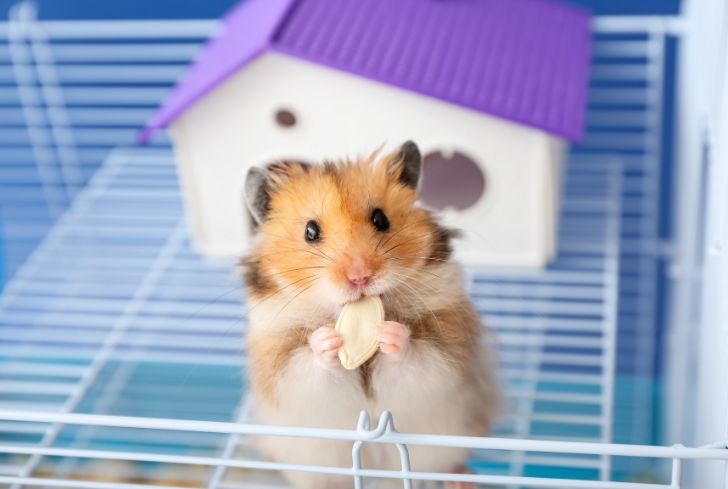
Hamsters are well-known for their adorable, chubby cheeks. These small rodents are native to Syria and are popular pets worldwide. Hamsters have pouches in their cheeks to store food, which they can carry back to their burrows to eat later.
There are several different breeds of hamsters, each with their own unique characteristics. Some of the most common breeds include:
- Syrian hamsters: Syrian hamsters are the most popular breed of hamster, also known as golden hamsters. They have golden-brown fur and can grow up to 7 inches long.
- Dwarf hamsters: There are several different breeds of dwarf hamsters, including Campbell’s, Winter White, and Roborovski. They are much smaller than Syrian hamsters and usually grow 2-4 inches long.
- Chinese hamsters: These hamsters have a longer, more slender body than other breeds and are usually brown or gray.
Hamsters are social animals and enjoy spending time with their owners. They are also very active and love to play, so providing them with plenty of toys and exercise equipment is important.
If you’re considering getting a hamster as a pet, do your research first. Hamsters require a specific diet and living environment, and it’s important to make sure you can provide them with everything they need to be happy and healthy.
2. Chipmunks
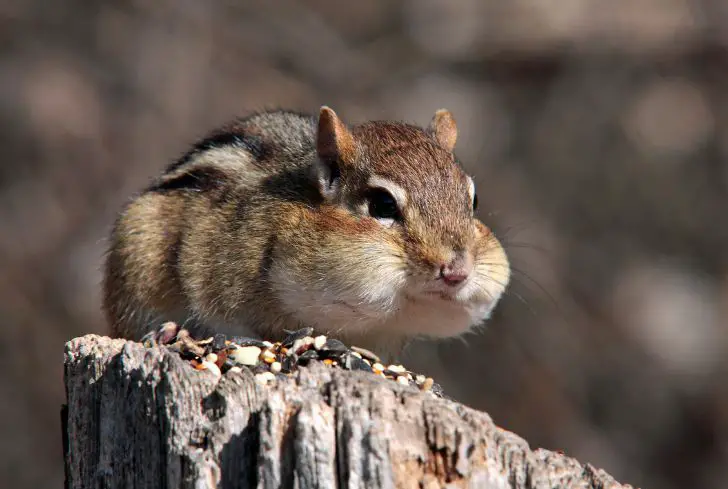
If you’re looking for an animal with big cheeks, you can’t go wrong with chipmunks. These small rodents are known for their round, puffy cheeks that they use to store food.
Chipmunks are found throughout North America, and there are over 20 different species. They are typically between 5 and 8 inches long and weigh less than a pound.
One of the most interesting things about chipmunks is their ability to store food in their cheeks. They have special pouches in their cheeks that can expand to hold up to three times the size of their head. Chipmunks use these pouches to gather food quickly and then return it to their burrows for later storage.
In addition to their impressive cheek pouches, chipmunks are also known for their distinctive stripes. Most species have three stripes running down their back, with one stripe on each side and a darker stripe down the middle.
3. Ground Squirrels
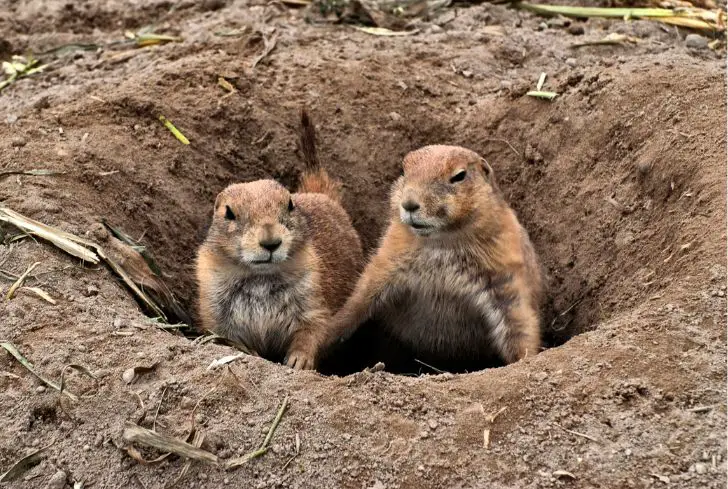
Ground squirrels are small rodents that are known for their big cheeks. They belong to the family Sciuridae and are found in various parts of the world, including North America, Asia, and Europe. They are burrowing animals that prefer to live in open areas such as grasslands, meadows, and deserts.
Ground squirrels have large cheek pouches that they use to store food. These pouches can expand to almost the size of their head, allowing them to carry a significant amount of food back to their burrows. This is an essential adaptation that helps them survive in their natural habitat.
There are several species of ground squirrels, including the California ground squirrel, the yellow-bellied marmot, and the Columbian ground squirrel. Each species has its unique characteristics and behaviors.
One interesting fact about ground squirrels is that they hibernate during winter. They spend the summer months gathering food and storing it in their burrows, so they have enough to eat during the winter. During hibernation, their body temperature drops, and their heart rate slows significantly, allowing them to conserve energy.
4. Hippos
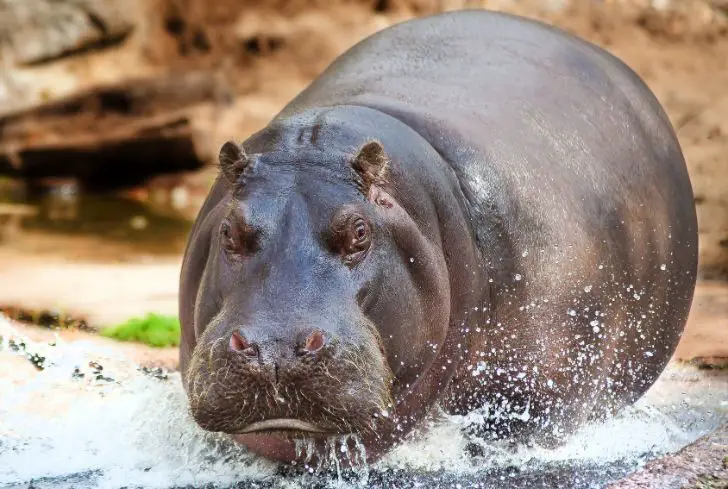
Hippos are known for their big, round cheeks that appear distinctive. These cheeks are actually an adaptation that allows hippos to store large amounts of food in their mouths while they are grazing. This is especially important for hippos, as they can consume up to 150 pounds of vegetation in a single day.
In addition to their large cheeks, hippos are also known for their massive size. Adult hippos can weigh up to 3,000 pounds and measure up to 15 feet in length.
Despite their size, hippos are surprisingly agile in the water, where they spend much of their time. They are excellent swimmers who can hold their breath for up to five minutes.
Hippos are also known for their aggressive behavior, especially when they feel threatened. They have been known to attack boats and even humans who get too close to their territory. However, they are generally peaceful animals and prefer to spend their time grazing or lounging in the water.
Here are a few interesting facts about hippos:
- Hippos are the third largest land mammal, after elephants and rhinos.
- Hippos are herbivores and primarily eat grass, but they will also consume fruit and other vegetation.
- Despite their large size, hippos can run at speeds of up to 20 miles per hour.
- Hippos are social animals and live in groups of up to 30 individuals.
- Baby hippos, called calves, are born underwater and can swim within hours of being born.
5. Jerboas

If you’re looking for an animal with big cheeks, you might not immediately think of jerboas. But these small rodents have some of the biggest cheeks relative to their body size.
Jerboas are found in the deserts of Asia and Africa, and they’re known for their ability to hop long distances. They have long hind legs and short front legs, making them look like miniature kangaroos.
One of the most distinctive things about jerboas is their cheeks. These rodents use their cheeks to store food like hamsters or chipmunks. But while hamsters and chipmunks have relatively small cheek pouches, jerboas have cheeks that can expand to nearly the size of their entire body.
Jerboas are omnivores, which means they eat both plants and animals. They’ll store seeds, insects, and other small items in their cheeks as they forage for food. When they’re ready to eat, they’ll use their front paws to transfer the food from their cheeks to their mouths.
6. Bunnies
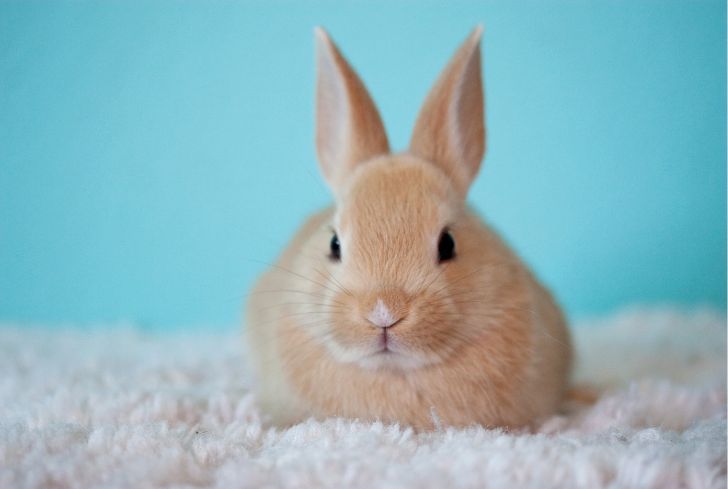
Bunnies are known for their adorable appearance, fluffy tails, and big cheeks. These cute little creatures have a unique ability to store food in their cheeks for later consumption. Bunnies have large cheek pouches stretching out to the sides of their heads, allowing them to carry much food at once.
Bunnies are herbivores who love to munch on grass, hay, and vegetables. They use their sharp front teeth to cut and chew their food and then store it in their cheeks for later. Bunnies can carry up to 50% of their body weight in their cheek pouches, which is quite impressive!
One interesting fact about bunnies is that they have a special digestive system that allows them to extract as much nutrition as possible from their food. They produce two types of feces, one that is expelled normally and another that is re-ingested to extract more nutrients.
In addition to their big cheeks, bunnies are also known for their incredible speed and agility. They can run up to 30 miles per hour and jump up to three feet high. Bunnies are social animals and love to play with each other and with their owners.
7. Orangutan

Orangutans are known for their distinctive reddish-brown hair, but they are also known for their big cheeks. These primates use large cheek pouches to store food while foraging. The cheeks can stretch to almost the size of their heads, allowing them to carry a large amount of food at once.
Orangutans are native to the rainforests of Borneo and Sumatra, and are the only great ape found in Asia. They are considered to be highly intelligent and are known for their problem-solving abilities. Their big cheeks help them to survive in their natural habitat, where food can be scarce.
In addition to using their cheeks to store food, orangutans also use them to communicate. They can make a variety of facial expressions, including puffing out their cheeks to show aggression or blowing air through their lips to express contentment.
Unfortunately, orangutans are critically endangered due to habitat loss and poaching. Conservation efforts are underway to protect these amazing animals and their unique adaptations, including their big cheeks.
8. Seals

Seals are aquatic mammals that are well-known for their big cheeks. They belong to the family Phocidae and are found in both the northern and southern hemispheres. Seals are excellent swimmers and can dive to great depths to catch fish and other marine creatures.
Seals have a layer of blubber under their skin, which helps them to stay warm in the cold waters. They also have a streamlined body shape, which helps them to move quickly through the water. Seals have large, paddle-like flippers, which they use to steer and propel themselves through the water.
One of the most distinctive features of seals is their big cheeks. These cheeks are actually large pockets of skin that can be inflated with air. Seals use these cheeks to store fish and other prey while they are diving. The cheeks also help make the seals look cute and friendly, making them popular worldwide.
Seals come in a variety of different sizes and colors. Some of the most common species include the harbor, gray, and elephant seals. Each species has its own unique characteristics and behaviors, but they all share the same big cheeks that make them so endearing to humans.
9. Pocket Gophers

If you’re looking for an animal with big cheeks, look no further than the pocket gopher. These small rodents are known for their impressive cheek pouches, which they use to carry food back to their burrows.
Pocket gophers are found throughout North America, and there are more than 30 different species. They range in size from about 6 to 12 inches long, and their fur can be a variety of colors, including brown, gray, and black.
One of the most interesting things about pocket gophers is their burrowing habits. They are expert diggers, and their burrows can be quite extensive. A single pocket gopher can create a system of tunnels and burrows that can cover up to 2,000 square feet!
Pocket gophers are also important members of their ecosystems. They help to aerate the soil and can even improve soil fertility by bringing up nutrients from deeper layers. However, they can also be considered pests in some areas, as their burrowing can damage crops and gardens.
Read: 13 Adorable Animals With Big Lips (Pics Inside)
10. Sloths
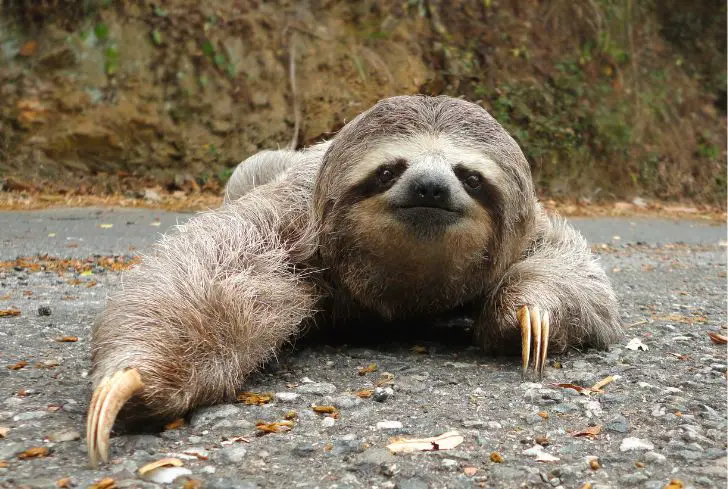
If you’re looking for an animal with big cheeks, look no further than the sloth. These slow-moving creatures are known for their adorable faces, which are characterized by their large, round cheeks. But what exactly are these cheeks used for?
First and foremost, sloths use their cheeks to store food. Sloths are herbivores, and they primarily eat leaves. However, leaves are not the most nutrient-dense food source, so sloths need to eat a lot of them in order to get the energy they need. By storing food in their cheeks, sloths are able to eat more efficiently and maximize their nutrient intake.
In addition to storing food, sloths’ cheeks also play a role in their communication. Sloths are generally solitary animals, but they do interact with each other from time to time. When they do, they use a variety of vocalizations and body language to communicate.
One of these forms of communication involves puffing out their cheeks. This behavior is a way for sloths to signal to each other that they are feeling threatened or agitated.

